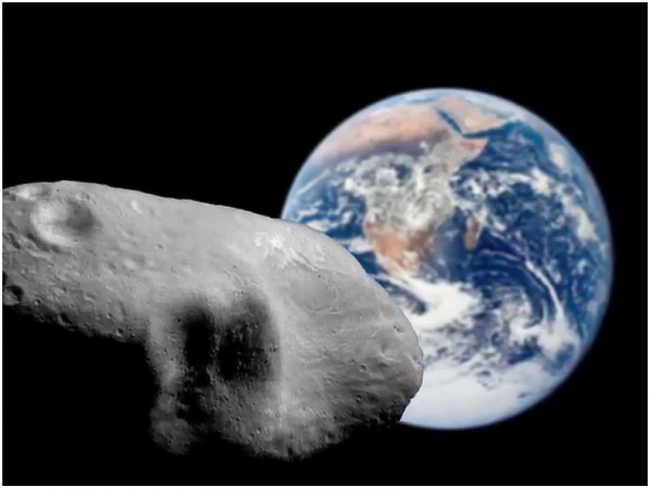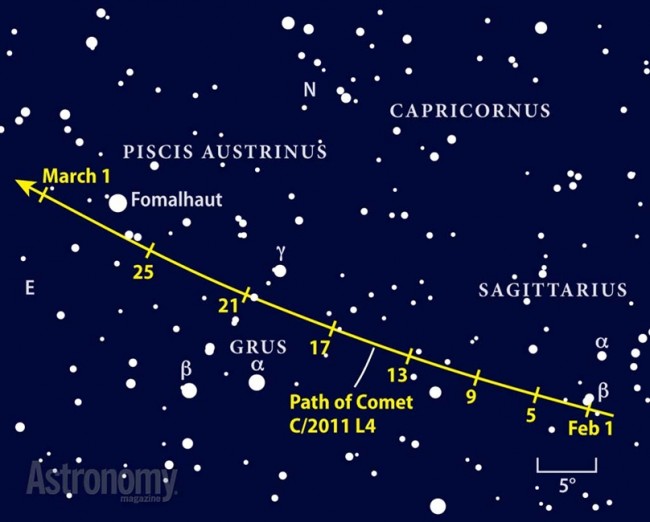Record-setting asteroid flyby past Earth on 15 February
Talk about a close shave. On 15 February, an asteroid about half the size of a football field will fly past Earth only 27 681 kilometres above our planet’s surface. There’s no danger of a collision, but the space rock, designated 2012 DA14, has Nasa’s attention. “This is a record-setting close approach,” says Don …
Record-setting asteroid flyby past Earth on 15 February Read More »





